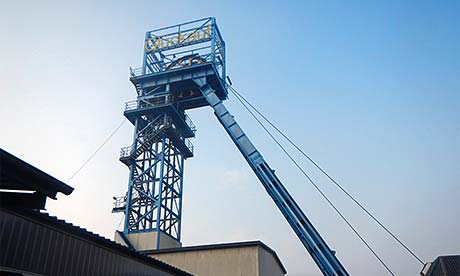Lithium
Potential of Lithium-Bearing Brines in Germany
The predicted high lithium demand for several high-tech applications and batteries for electric and hybrid vehicles has led to an increased research on lithium. Forecasts indicate that the global lithium demand will increase by a factor of ten over the next 20 years. Due to an increased and continuously growing demand, lithium prices are expected to increase through the next decade(s), so that deposits, that are currently not considered as economically exploitable, will also become profi table in the future. Lithium resources comprise of two main types: (i) brines pumped from aquifers; and (ii) hardrock deposits such as pegmatites. The feasibility of recovering lithium economically from any deposit depends on the size of the deposit, its lithium content, the content of other elements, and the processes that are used to remove the lithium-bearing material from the deposit and extract lithium from it. In Germany, oil and gas field brines and deep-seated basin fluids, including waters of operating salt mines, are known to have elevated lithium concentrations. While the occurrence of lithium brines have been documented for some time, the genesis and possible use of these resources have not been considered in any detail. The aim of this study is therefore to gain a greater understanding of the resource potential of lithium-bearing brines in Germany.
- Comprehensive documentation and mapping of brine based lithium deposits in Germany
- Elaboration of development models for the different types of deposits
- Analysis of economic feasibility and the possibility of recovery requirements






